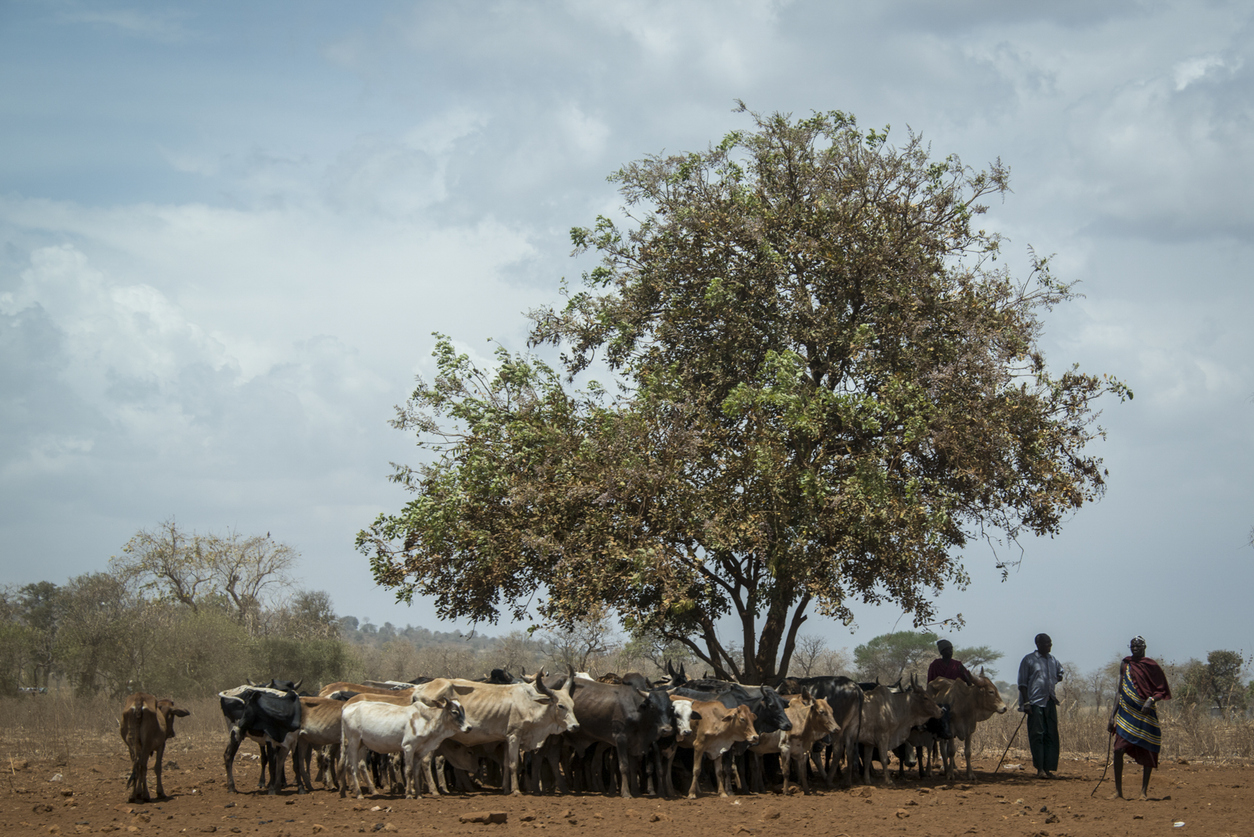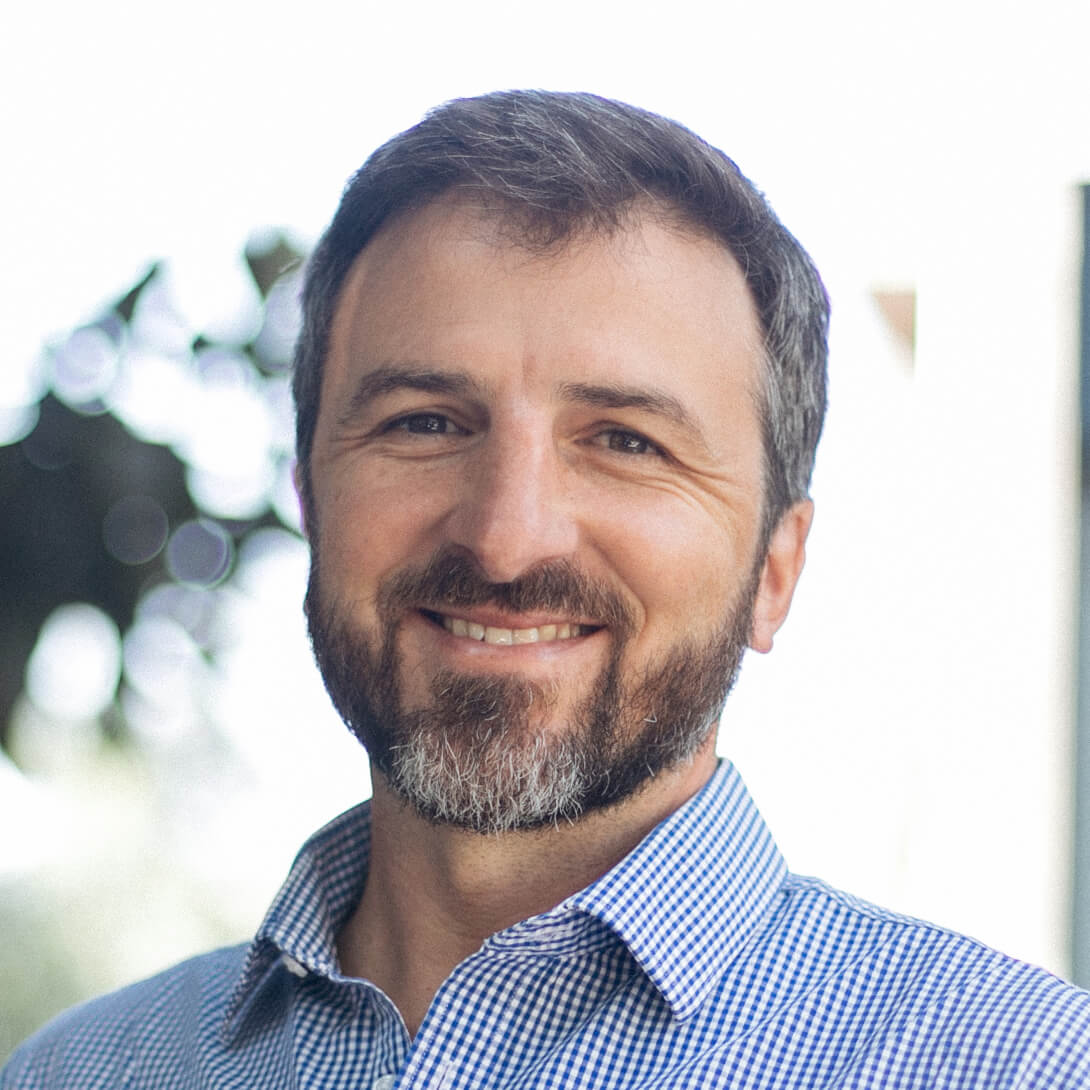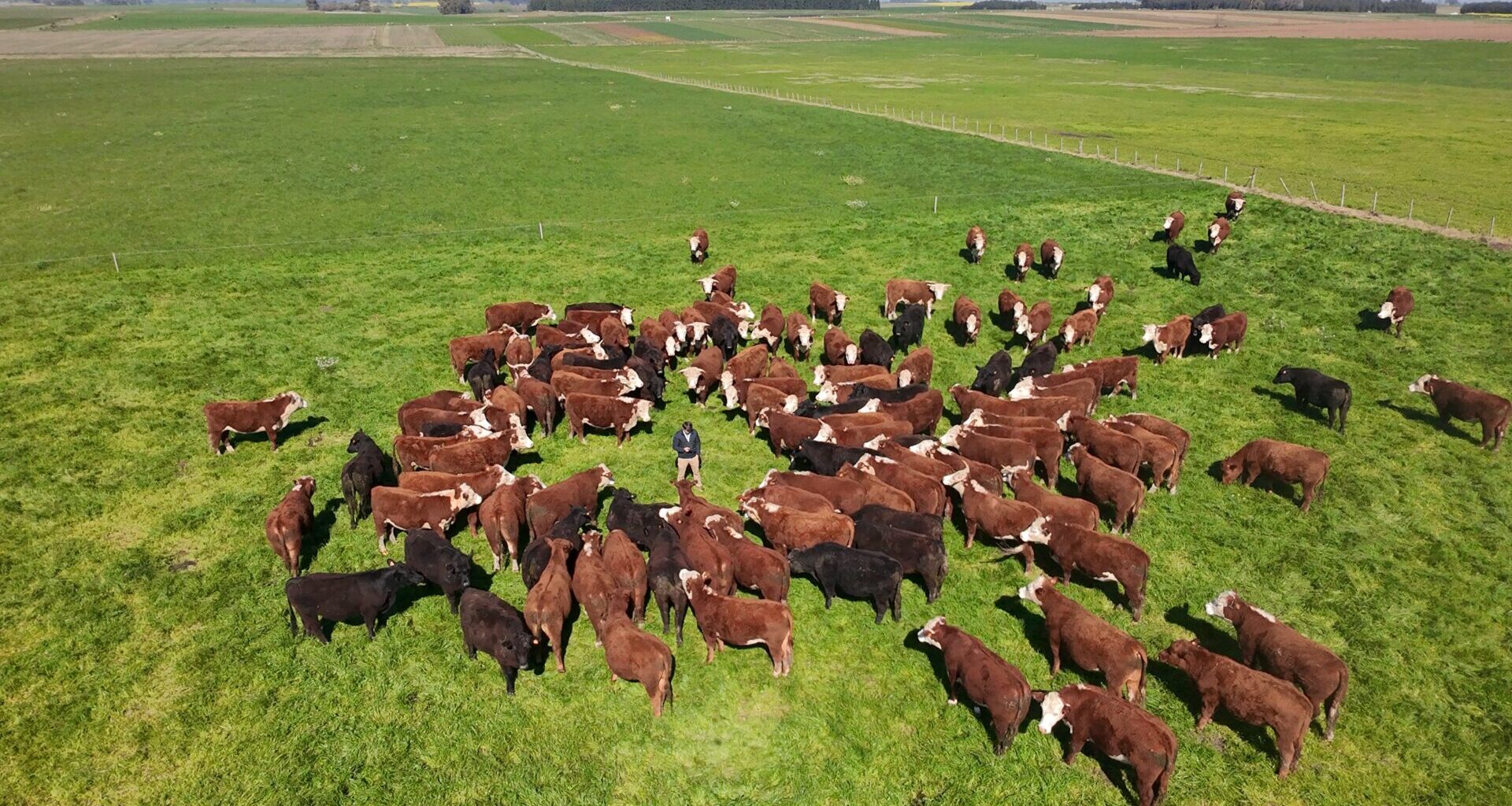A new initiative funded by the Global Methane Hub will deploy technology to optimize livestock grazing and curb methane emissions in Latin America and Africa.
The Time2Graze project will develop tools that can interface with satellite-based systems, providing near-real-time estimates on grassland biomass so that farmers can more effectively graze their cattle.
Funded by the Global Methane Hub, which has raised over $500 million to accelerate methane mitigation across the globe, the Time2Graze project is making available $4.7 million to finance the development of these local, digital tools.
The ultimate goal of the three-year project is to improve nutrition, increase productivity and reduce emissions.
“We need to secure the livelihoods of livestock farmers by ensuring grazing systems are managed sustainably,” Santiago Fariña, senior agriculture program officer at the Global Methane Hub, told AgFunderNews.
 Cattle farming in Tanzania. Image credit: iStock
Cattle farming in Tanzania. Image credit: iStock
Sustainable livestock farming a matter of urgency
Making livestock farming sustainable is, for many countries in the Global South, becoming a matter of urgency. The need to manage dwindling grazing lands has particularly emerged as a key area of focus, since pasture availability—along with digestibility of grasses—impact both milk and meat output.
More critically, the quality and availability of grazing lands can impact methane emissions produced during digestion, and is contributing to climate change.
Methane is estimated to be 86 times more potent than carbon dioxide, and is responsible for roughly 45% of recent net global warming.
Livestock in Africa accounts for 18% of global livestock methane emissions, with cattle alone being responsible for 70% of those emissions, according to the Global Methane Hub. Without interventions, these emissions numbers could triple by 2050.
At the same time, the importance of the livestock subsector to farmers in these regions—particularly the pastoralist communities in Latin America and Africa—cannot be gainsaid.
Tanzania’s cattle population of 36.6 million, for example, is the second largest in Africa after Ethiopia. It represents 1.4% of the global cattle population and 11% of the African cattle population. For the East Africa nation, the livestock sector accounts for roughly 7.4% of gross domestic product (GDP) and 26.1% of agriculture GDP, a clear indication of its critical importance to the livelihoods of millions.
 Santiago Fariña, senior agriculture program officer at the Global Methane Hub
Santiago Fariña, senior agriculture program officer at the Global Methane Hub
Better tools for informed grazing decisions
The Time2Graze project brings together 35 partners developing tools that are user-friendly and prioritize local ownership, something that will not only guarantee usage but also ensure effectiveness. These organizations include Global Pasture Watch, OpenGeoHub, several universities and research institutes, and associations of livestock farmers.
Initially, the project will roll out in Brazil, Colombia, Argentina, Uruguay, Nigeria, Tanzania, Uganda and Zimbabwe; success in these countries could inform scaling to other places in future.
Starting in these eight countries is by design, as the majority of livestock farmers there are pastoralists, meaning they are always on the move, at times for weeks, and covering many kilometers in search of pasture and water.
“We want to help farmers manage grazing systems better by providing them with tools to make informed decisions,” noted Fariña.
While most satellite-based systems lack precision, the Time2Graze project will deploy tools capable of tracking pasture levels across 10-meter-by-10-meter areas every five days, to give farmers fast estimates on pasture conditions.
Considering that digestibility of grazed forage varies significantly by the season and is increasingly threatened by climate change, farmers will henceforth have the ability to effectively plan the movements of their cattle.
Research has shown that in both tropical areas and subtropical and temperate zones, forage harvest levels range between 40% and 60% of their potential. At the same time, an estimated 98% of methane from livestock digestion comes from grazing or mixed systems, with 78% coming from countries in the Global South.
Experts reckon that improvements in feed digestibility of just 10% could result in 20% reductions in methane emissions.
“Demand for cattle products is increasing. We want to ensure the increase is happening in an environment of low methane emissions,” Fariña said.
Launched at the just concluded Africa Climate Summit in Ethiopia, the Time2Graze project also includes partnerships with the World Resources Institute, Uruguay’s National Agriculture Research Institute, the International Center for Tropical Agriculture, and the World Wildlife Fund.
Breeding better cows
Apart from financing the Time2Graze project, the Global Methane Hub is also partnering with the Bezos Earth Fund and the International Livestock Research Institute (ILRI) in a $3.3 million initiative that involves the use of cutting-edge science to help African countries breed cattle that produce fewer methane emissions.
The three-year initiative, dubbed “Accelerating reduced emissions in indigenous breeds in Africa,” will use advanced genetic tools to breed cows that can better withstand heat, require fewer resources, and produce less methane.
“By integrating advanced genetics with Africa’s indigenous breeds and farmer knowledge, we can achieve meaningful reductions in methane emissions while strengthening rural livelihoods through improved productivity,” said Raphael Mrode, principal scientist at ILRI.
The project, which also involves profiling microbial communities in over 1,000 tropical cows using rumen content to understand links between microbes, productivity and methane emissions, is being rolled out in Benin, Burkina Faso, Ethiopia, Kenya, and South Africa.
